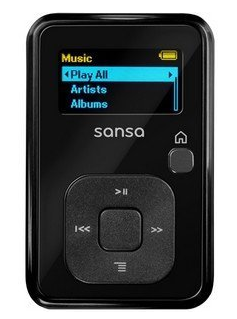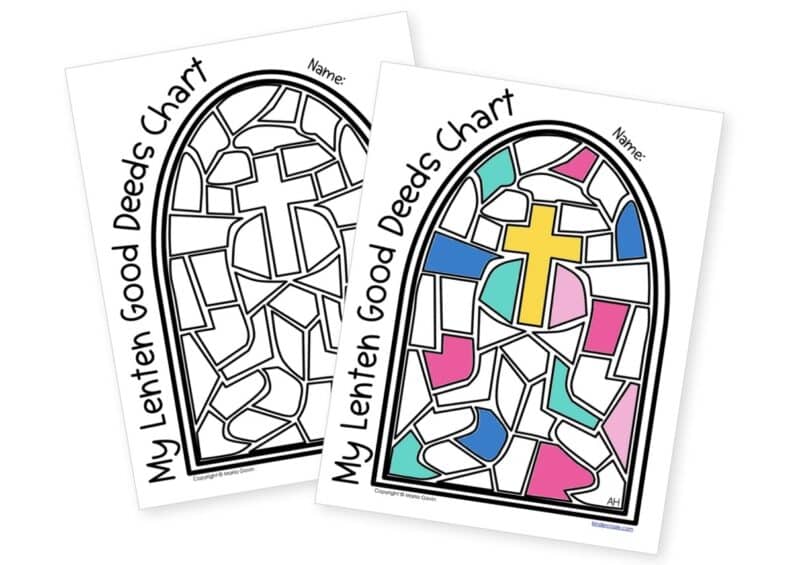

The Lenten season is well underway and my students have been preparing their hearts for Easter by doing Good Deeds. Their acts of kindness happen at home and at school and I have a great FREE resource to help you encourage Good Deeds within your own classroom.
This post contains affiliate links. I earn a small commission each time someone makes a purchase through one of my links, which helps to support the blog.
At the beginning of Lent, we discuss the season, what it means, some Lenten symbols, and ways that we can remember Jesus and share his love during this time. I tell the class that we are going to do Good Deeds as our Lenten offering. Each child also receives a Good Deeds chart. The chart show the image of a large, colorless stained glass window with empty spaces. Each time a child performs a Good Deed, he or she colors a space on the chart. When Easter finally arrives, the completed chart shows a bright range of color that represents all of their Lenten acts of love.

Of course, you know as well as I that children need guidelines before they begin any new activity. Here are a few of the rules I describe for my students as they prepare to share their acts of kindness with the world:
You can get a Stained Glass Good Deeds Chart for your own home or classroom! Just enter your email below and check your inbox.


I’m a former kindergarten teacher turned work-from-home mom. I still love sharing ideas and resources to make teaching easier, so you can focus on what really matters in the classroom. When I’m not working on the blog, you’ll find me chasing kids around the house with a cold cup of coffee in my hand (some things never change even once you’re out of the classroom!)

©2021 Kinder Craze. All Rights Reserved.

15 Responses
Hi Maria,
Nice to “meet” you! Thank you for the fb welcome:)
I love your good deeds colouring chart. It’s very sweet.
❀Barbara❀
Grade ONEderful
Ruby Slippers Blog Designs
I LOVE this idea! It fits perfectly with what my kiddos are working on (“Surprise Acts/Attacks of Kindness”). Thanks for sharing!
Melinda
melchase@live.com
This comment has been removed by the author.
I teach in a Lutheran school – this is perfect! Thanks for sharing! 🙂
All the Dots
I teach in a Catholic school in South Jersey. Thank you for all of your great resources!
Liz
epodolski@arcsgalloway.org
Thank you for the freebie. It is perfect!
Sue
theverybusykindergarten
Thank you so much for this, I can’t wait to bring it to my students today!
All Things Kindergarten
I’m very excited to use this with my son, I knew I had seen it, but had a hard time finding it again. I thought you might like to know that on TPT searching “lent” and free, this did not come up 🙁
I love, love, love this, Maria! Thank you for sharing!!
Kristen
A Day in First Grade
I have an practical question – would you send this home with the kiddos or keep it as a record in school? Just curious. I’m leaning toward keeping it in school because I think that it might get lost or might not be implemented in some of my students’ homes.
Thanks for your great website and for being generous with your good ideas and gifts.
Hi Rosemary, you could honestly go either way. I always used a different system for classroom good deeds and sent the chart home for students to carry it over into their homes. Many teachers just keep the charts at school. It’s whatever you are most comfortable with. I knew that many parents probably wouldn’t work with their children in Good Deeds at home, but I always wanted to send the chart home just in case. It wasn’t homework, just something for them to try and do out of the goodness of their hearts. I hope that helps a little!